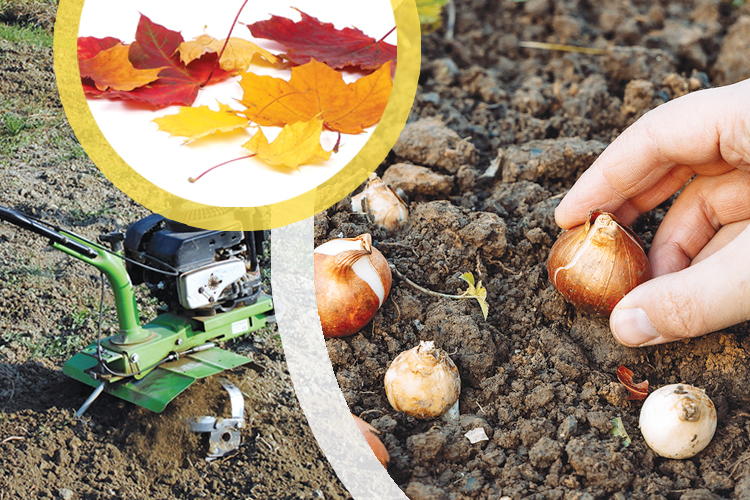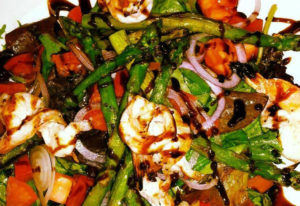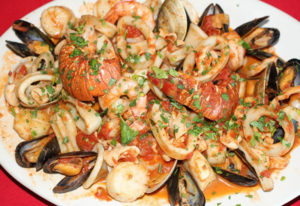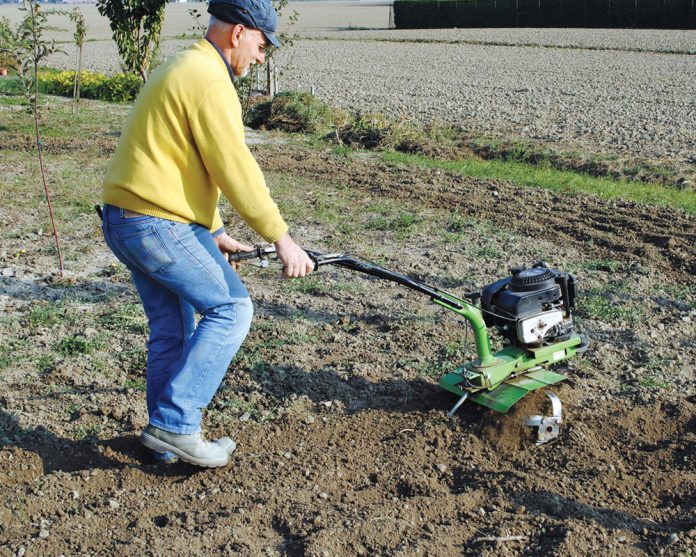
I hope you had a fantastic summer! It was hot, which means heat-loving crops such as cucumbers, grapes, and peppers were bountiful. As the days grow shorter, it’s time to turn attention to making the most of the remaining growing season and make plans to winterize your space.
The most important thing is to make sure to pull the last of your harvest before the first frost. Crops such as tomatoes, peppers, and sweet potatoes will continue to produce well past Labor Day, especially if it stays warm overnight and during the day, but keep a close eye on the weather. The fruit of these crops will immediately spoil with the first frost. If you’re not up for curing your potatoes, or don’t have the space to store them whole, freeze them. You can cook and keep them in the freezer until you’re ready to use. This works, especially for keeping sweet potatoes perfect for the Thanksgiving table.
Once your harvest is over, turn the plant greenery right back into the ground (prior to the ground freezing), either by hand or using a rototiller. If the plants are large, cut them into pieces first. To promote breakdown— before the ground freezes for the winter and when it begins to thaw in the spring— be sure to bury the plants underneath existing soil.
Were you composting this summer? If your bin is full, you can put the compost in the garden now and free up space for new material over the winter. Mixing fully broken-down compost with your turned-in plants will help them decompose faster. If your compost isn’t fully broken down, or you’re concerned about the nutrients being compromised due to heavy forecasted rain/snow in your area for the winter, you can leave the bin and continue to add material during the dormant period. Remember to save some fallen leaves during your fall cleanup, and your organic fall décor (pumpkins, hay bales, and spent annuals) to add to the compost pile. Just make sure to carefully exclude seeds from any plants you don’t wish to transplant to your garden bed! Keeping organic matter out of landfills and in your compost pile returns essential nutrients to the soil and will promote healthy plant growth next year.
If you’re looking forward to spring popping up as soon as possible next year, now is the time to plant spring-blooming bulbs, including crocuses, daffodils, and tulips. Be sure to plant each bulb with a bit of bone meal to help them get established.
Happy Fall!












 20 lucky winners will win $500 each in prizes totaling $10,000.
20 lucky winners will win $500 each in prizes totaling $10,000. 